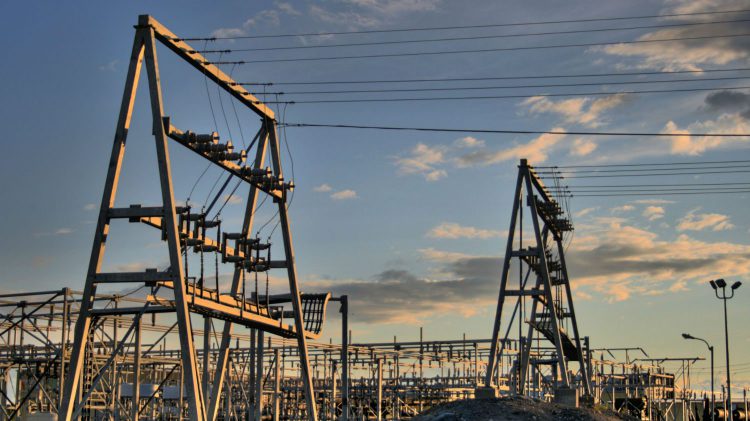Despite committing towards moving towards renewables, the minister responsible for the Northwest Territories Power Corporation says the territory needs diesel to keep the lights on.
MLA for Dehcho Ronald Bonnetrouge flagged the recent construction of a new diesel fuel plant in Lutselk’e as a concern, if the GNWT wants to meet its goal of reducing greenhouse gas emissions from diesel generation by 25 percent by 2023.
The NTPC has also recently announced new projects to include a refurbishment of the Taltson hydro-electric facility and construction of a new liquefied natural gas generating plant at Fort Simpson.
According to Bonnetrouge, fuel costs in 2019 amounted to around $30 million, increasing to $31 million in 2020.
Minister Diane Archie says the territory has looked at implementing biomass fuels in some instances, like to provide heat and power in Fort Simpson, but said it would be logistically challenging and expensive.
“Renewables cannot be relied on to provide power when it is needed. NTPC must maintain enough diesel generation in each of the communities to ensure that lights stay on,” said Archie. “That’s very important.”
“We also have a large number of diesel generators, and they do age and need to be replaced occasionally,” added Archie.
The GNWT’s 2030 Energy Strategy outlines different methods to cut greenhouse gas emissions. The biggest reduction in greenhouse gas emissions could come from a potential wind farm construction in Inuvik, where diesel fuel usage is the highest in the territory.
The report says a wind turbine with coldwater enhancement is a priority project for the GNWT.
The report says projects like connecting Whati via transmission lines to the Taltson Hydroelectric Plant, building small hydroelectric plants in some communities and small wind farms would cut greenhouse gas emissions.
The report also says liquified natural gas plants would help cut greenhouse gas emissions and cost $22 million. Solar panels are the cheapest of the proposed projects, but despite having long daylight hours, solar panels aren’t seen as an effective power source.
There is a 20 per cent community solar capacity cap in the NWT because solar electricity causes conventional diesel generators to work less efficiently and make the system less reliable, according to the report.
Currently the NTPC has 26 diesel plants online providing power.




